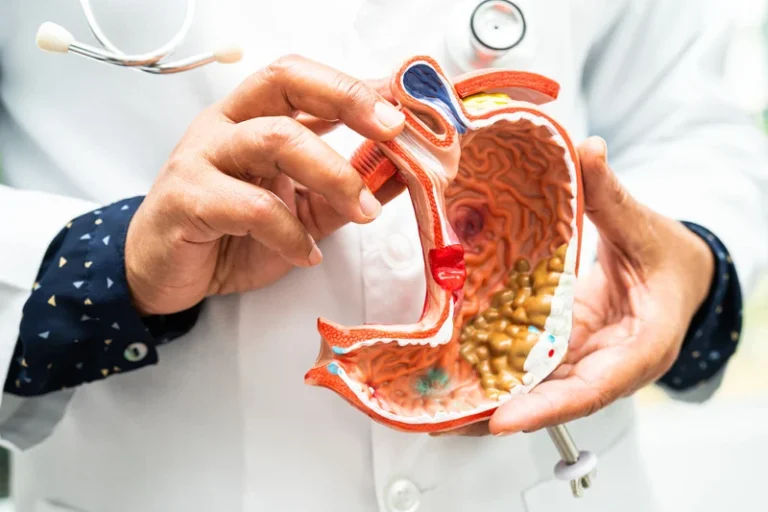Understanding the Journey of Microplastics in Our Bodies
In recent years, concerns over the pervasive presence of microplastics in our environment have escalated. These tiny plastic particles, often invisible to the naked eye, have been found in various sources, including food and water. What’s more alarming is emerging research suggesting that microplastics may not only infiltrate our bodies but also journey from the gut to the brain, potentially posing significant health risks. In this beginner’s guide, we delve into the fascinating yet concerning realm of microplastics, exploring their pathways from ingestion to potential neurological effects.
Section 1: Unveiling Microplastics
Microplastics are minute plastic particles, typically less than 5 millimeters in size, found in diverse environments, from oceans to soil. They originate from the breakdown of larger plastic items or are intentionally manufactured at a microscopic scale for various purposes.
Section 2: The Gut’s Role as a Gateway
When it comes to human exposure, ingestion is a primary route for microplastic entry into the body. The gastrointestinal (GI) tract serves as the initial point of contact, where microplastics can be absorbed into the bloodstream or expelled through feces.
Section 3: Traversing the Gut Barrier
Once ingested, microplastics encounter the complex environment of the gut, navigating through digestive processes. Research suggests that certain types of microplastics can pass through the intestinal barrier and enter systemic circulation.
Section 4: Potential Migration to the Brain
Recent studies have raised concerns about the ability of microplastics to travel beyond the gut and reach distant organs, including the brain. While the mechanisms are not fully understood, evidence suggests that microplastics may exploit pathways such as the bloodstream or neuronal transport to access the brain.
Section 5: Implications for Neurological Health
The presence of microplastics in the brain raises questions about potential neurological effects. Studies in animal models have shown associations between microplastic exposure and neuroinflammation, oxidative stress, and behavioral changes. However, further research is needed to elucidate the extent of these effects in humans.
Section 6: Mitigating Microplastic Exposure
Given the ubiquitous nature of microplastics, reducing exposure requires concerted efforts at individual, societal, and policy levels. Simple measures such as minimizing single-use plastic consumption, opting for eco-friendly products, and supporting waste management initiatives can contribute to mitigating the spread of microplastics.
In conclusion, the journey of microplastics from the gut to the brain underscores the interconnectedness of environmental and human health. While the full implications remain to be elucidated, awareness and proactive measures are crucial in addressing this emerging issue. By understanding the pathways and potential risks associated with microplastics, we can strive towards a healthier and more sustainable future.



